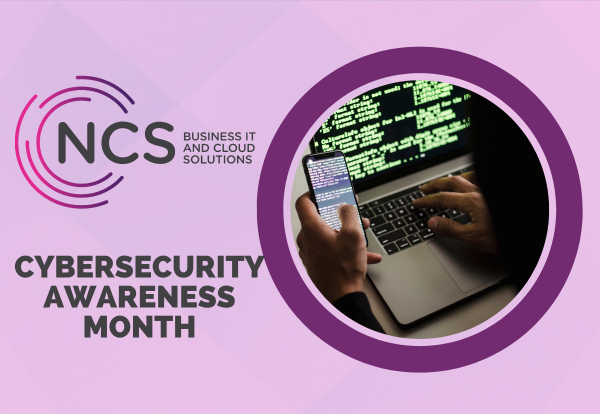Keeping Your IT Systems Up-to-Date

Following our email earlier this month highlighting different ways to improve your business’ cybersecurity, we wanted to talk more about keeping your IT systems up-to-date and why it is so important to do so.
Regularly updating IT systems is not just a best practice; it’s a necessity.
Why You Should Keep IT Systems Up-to-Date
- Security enhancements – cyber threats are constantly evolving, and outdated software is a prime target for attackers. Regular updates often include patches that fix vulnerabilities, making your systems less susceptible to breaches.
- Improved performance – software developers continually refine their products, improving performance and efficiency with each update. An updated system runs faster, consumes fewer resources, and enhances overall productivity.
- Access to new features – software updates often introduce new functionalities that can improve workflow, increase productivity, and enhance user experience. Staying current allows you to take advantage of these features, which can provide a competitive edge.
- Compliance requirements – many industries are subject to regulations that mandate specific security measures (this includes Cyber Essentials and PCI DSS). Keeping your IT systems up-to-date helps to ensure compliance with these regulations, reducing the risk of fines or legal consequences.
- Cost-effectiveness – investing in regular updates can save money in the long run. Outdated systems are prone to failures, which can lead to costly downtime and emergency repairs. Additionally, newer versions of software are often more efficient, potentially reducing operating costs.
How to Keep your IT Systems Up-to-Date
- Automated updates and software patching – our updating and patching service can automatically push software patches and Windows Updates to your servers, PCs and laptops on a schedule agreed in advance. Windows patches are tested after they are released by Microsoft and patches for “critical” or “high risk” issues are then deployed within 14 days of release.
- Monitor for software end-of-life notices – software developers will eventually stop supporting older versions of their products. Stay informed about end-of-life announcements and plan for transitions to supported versions to avoid security risks. We send these out to our customers when we are informed.
- Conduct Regular Audits – review your systems regularly to identify outdated software or hardware. This includes checking for unsupported software versions and planning for necessary upgrades.
- Educate employees – ensure that all staff understand the importance of updates and are aware of any processes in place. Training employees to recognise potential security threats – including spam and phishing – can help create a culture of cybersecurity awareness


